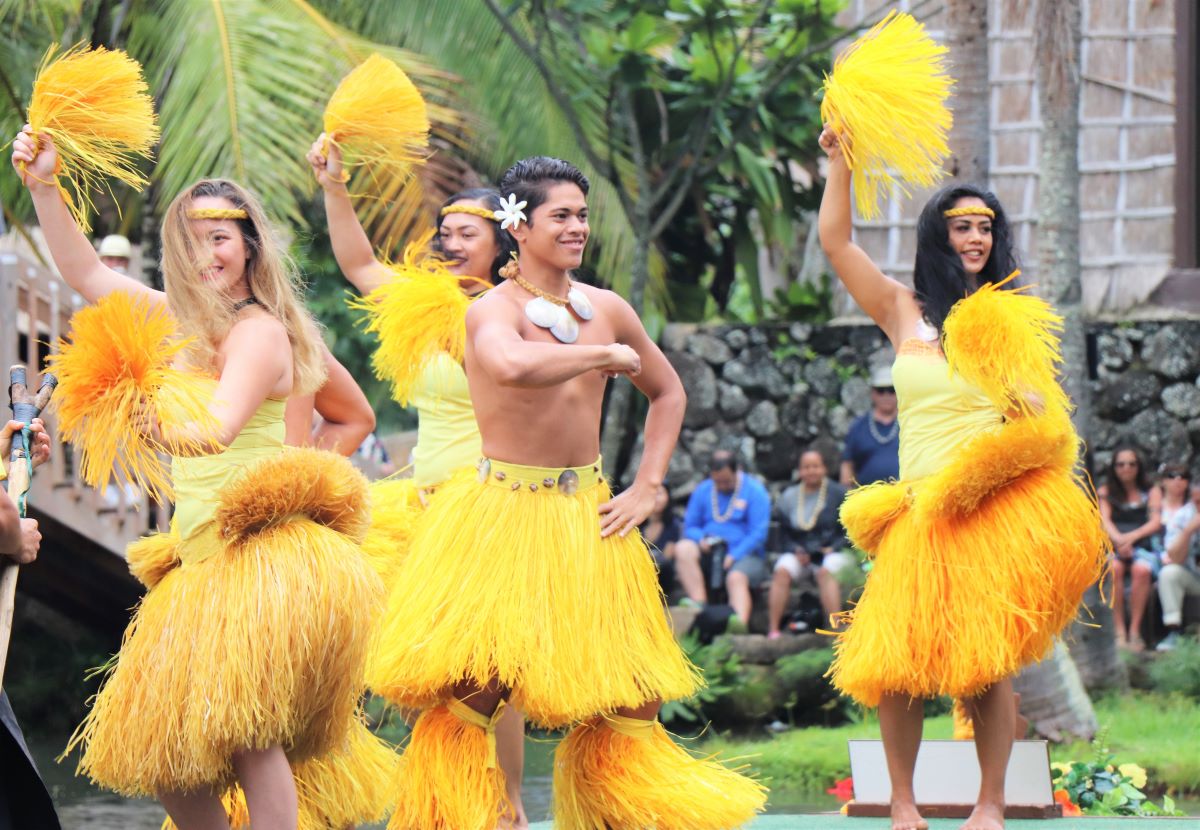In our ever-evolving world, gender norms and roles vary dramatically across cultures. While some might seem familiar, others are so unique that they’ll have you doing a double-take. Here’s a fascinating look at some of the most surprising gender norms from around the globe. Buckle up for a wild ride!
1. Skirted Scholars
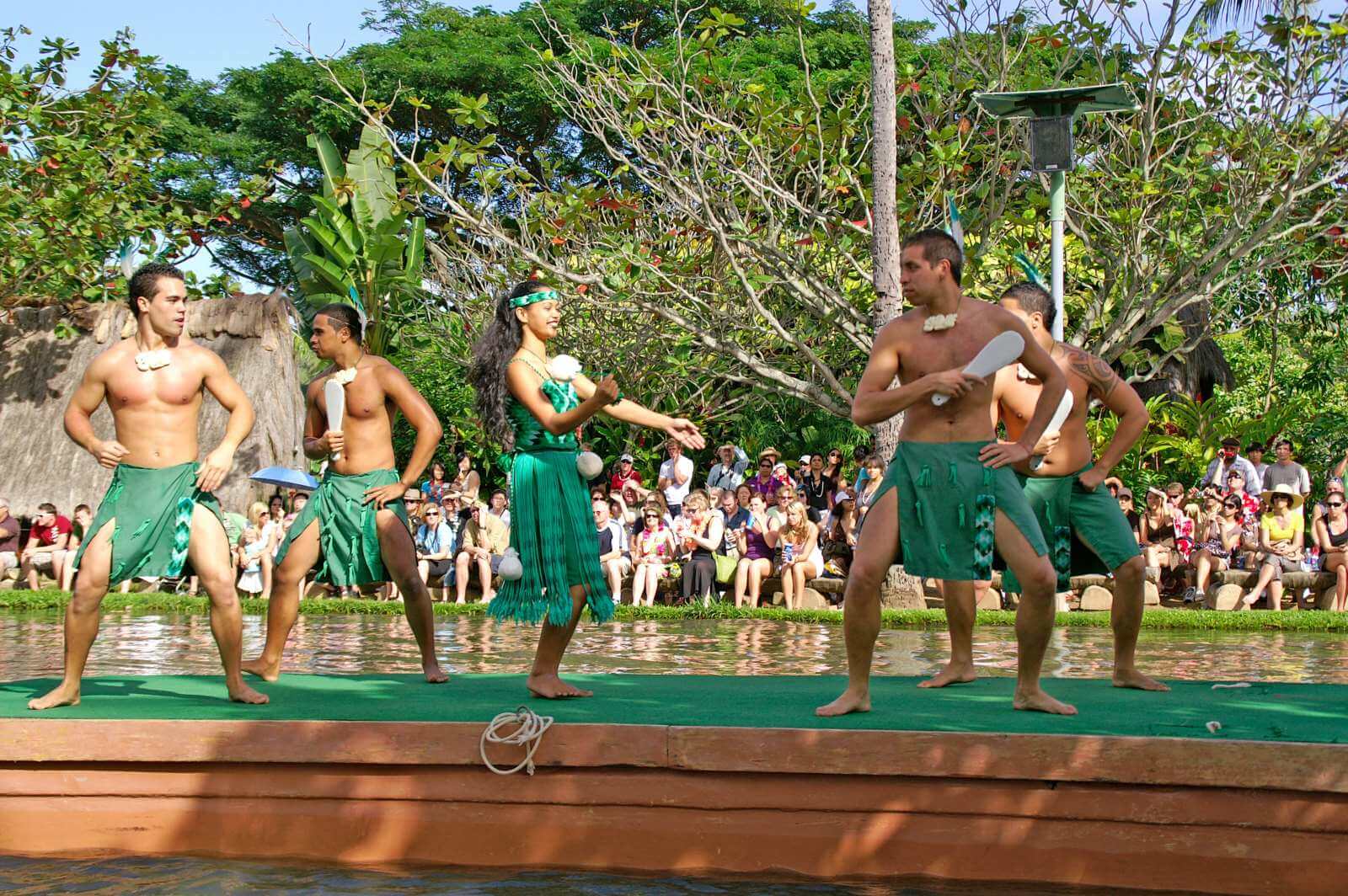
In Samoa, it’s customary for boys to wear skirts called “lava lavas.” This fashion choice is a cultural norm, not tied to gender identity or sexual orientation.
2. The Vanishing Men of Minangkabau

In Indonesia’s Minangkabau culture, one of the world’s largest matrilineal societies, property and family names pass down through the female line, making women the key decision-makers in the community.
3. Boys Don’t Cry? Not in Spain!
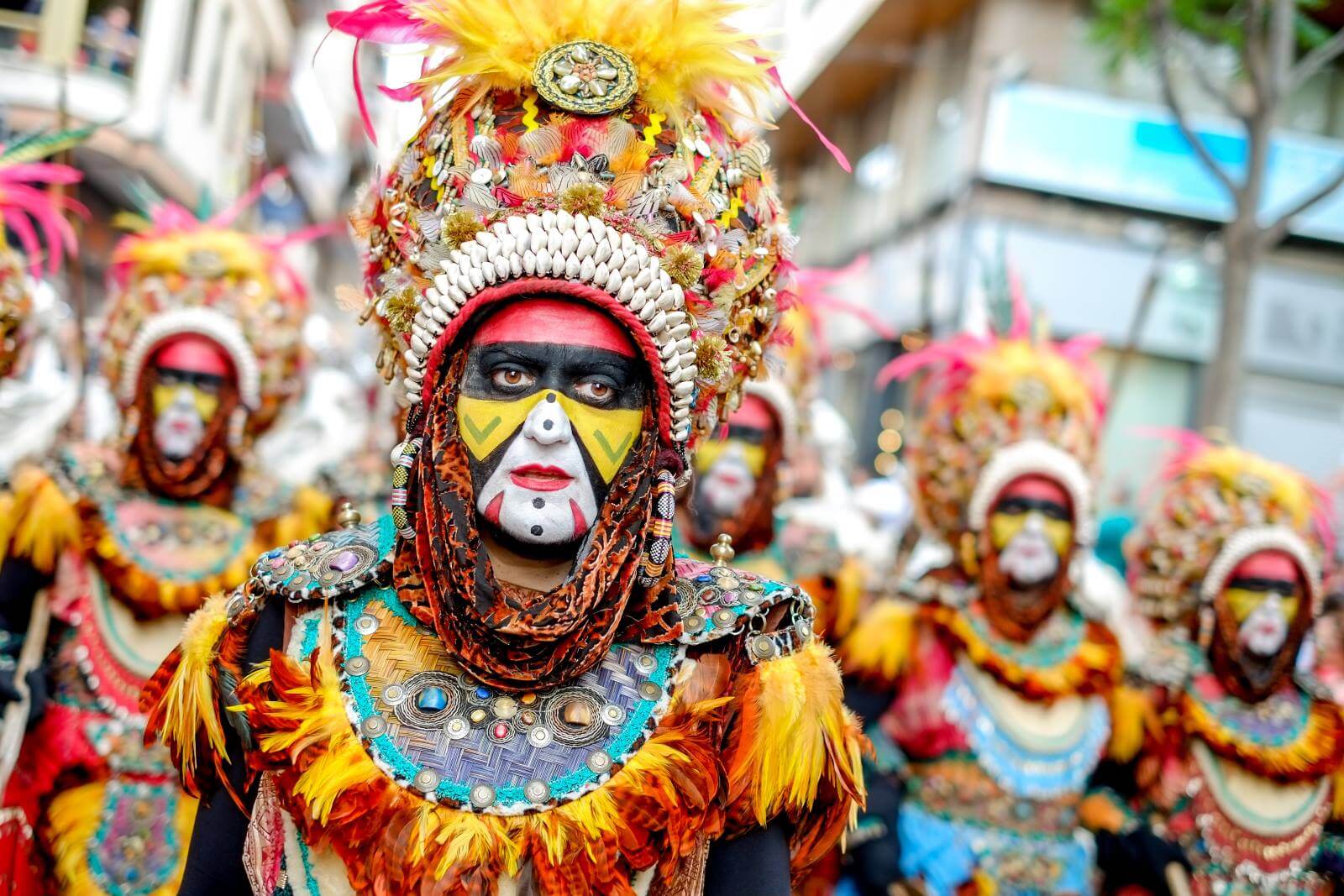
In parts of Spain, there’s a festival where men parade through the streets weeping in elaborate costumes to express sorrow and seek redemption, challenging the “boys don’t cry” stereotype.
4. Warriors in Skirts
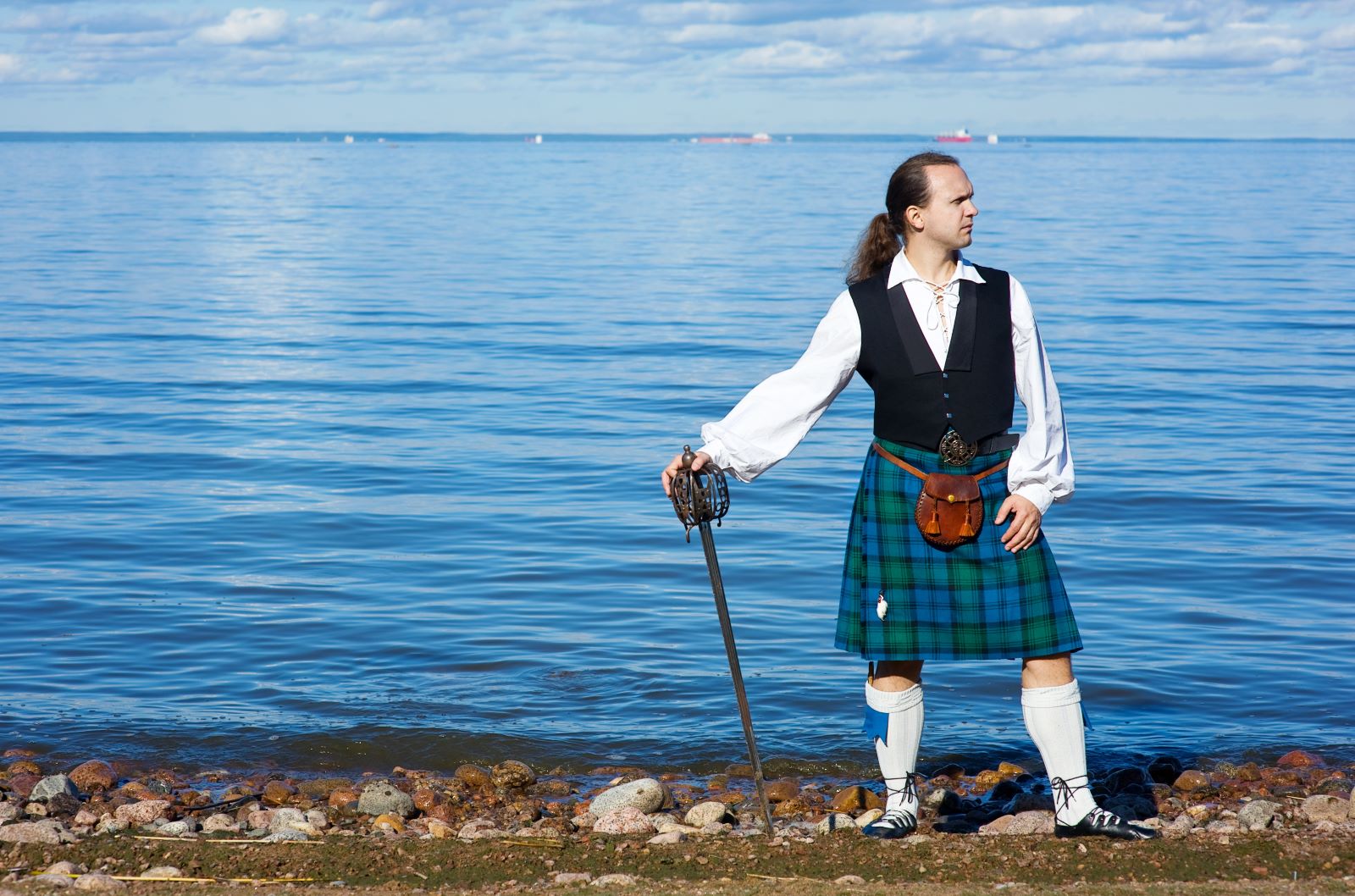
In Scotland, men proudly wear kilts—a type of skirt—for formal occasions and national celebrations, showcasing their heritage and challenging preconceived notions of male attire.
5. Russian Baths: A Mixed Experience
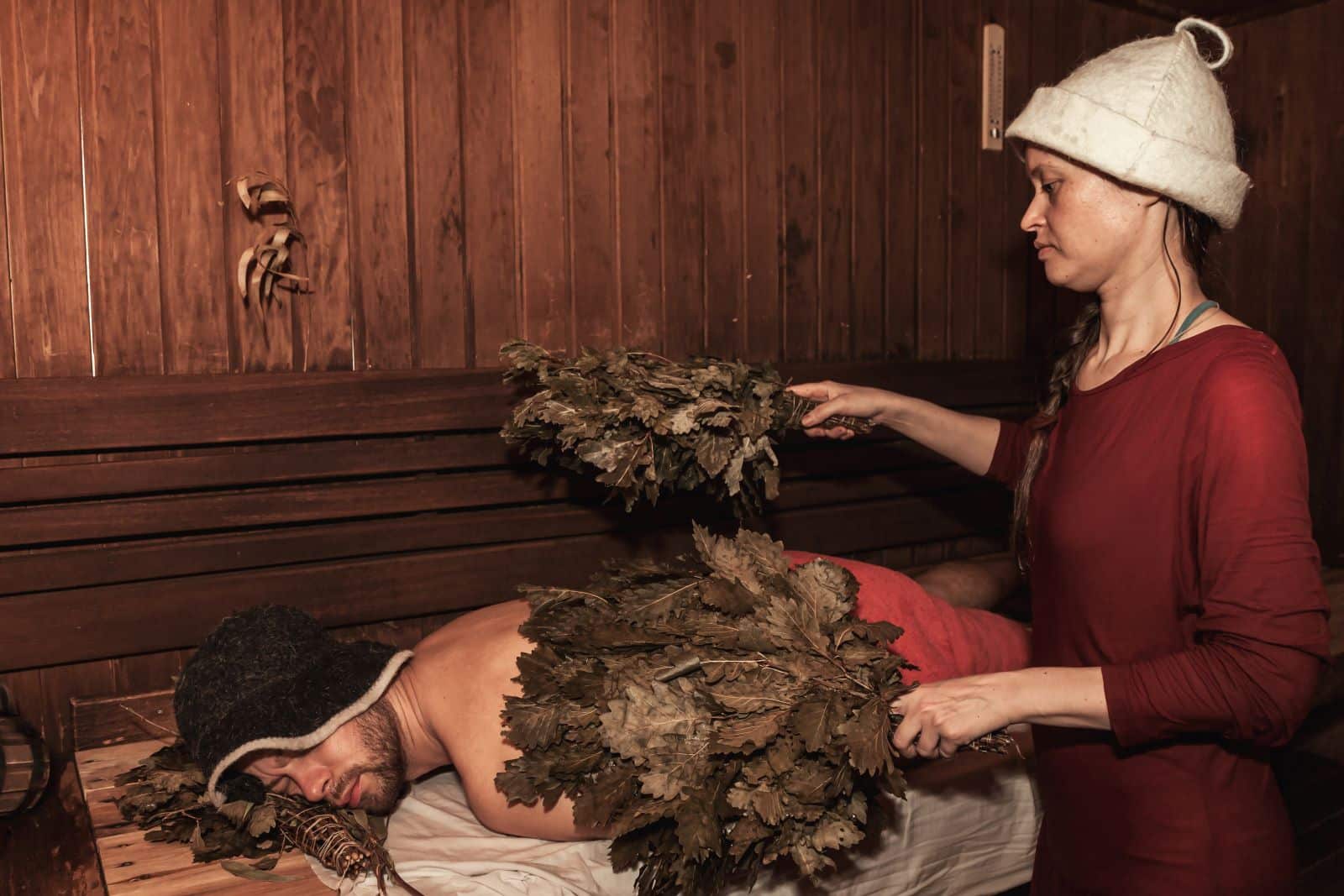
Traditional Russian banyas (bathhouses) often have mixed-gender sessions, where it’s not uncommon for everyone to mingle freely without the usual segregations found in Western cultures.
6. The High Heels of Mexico
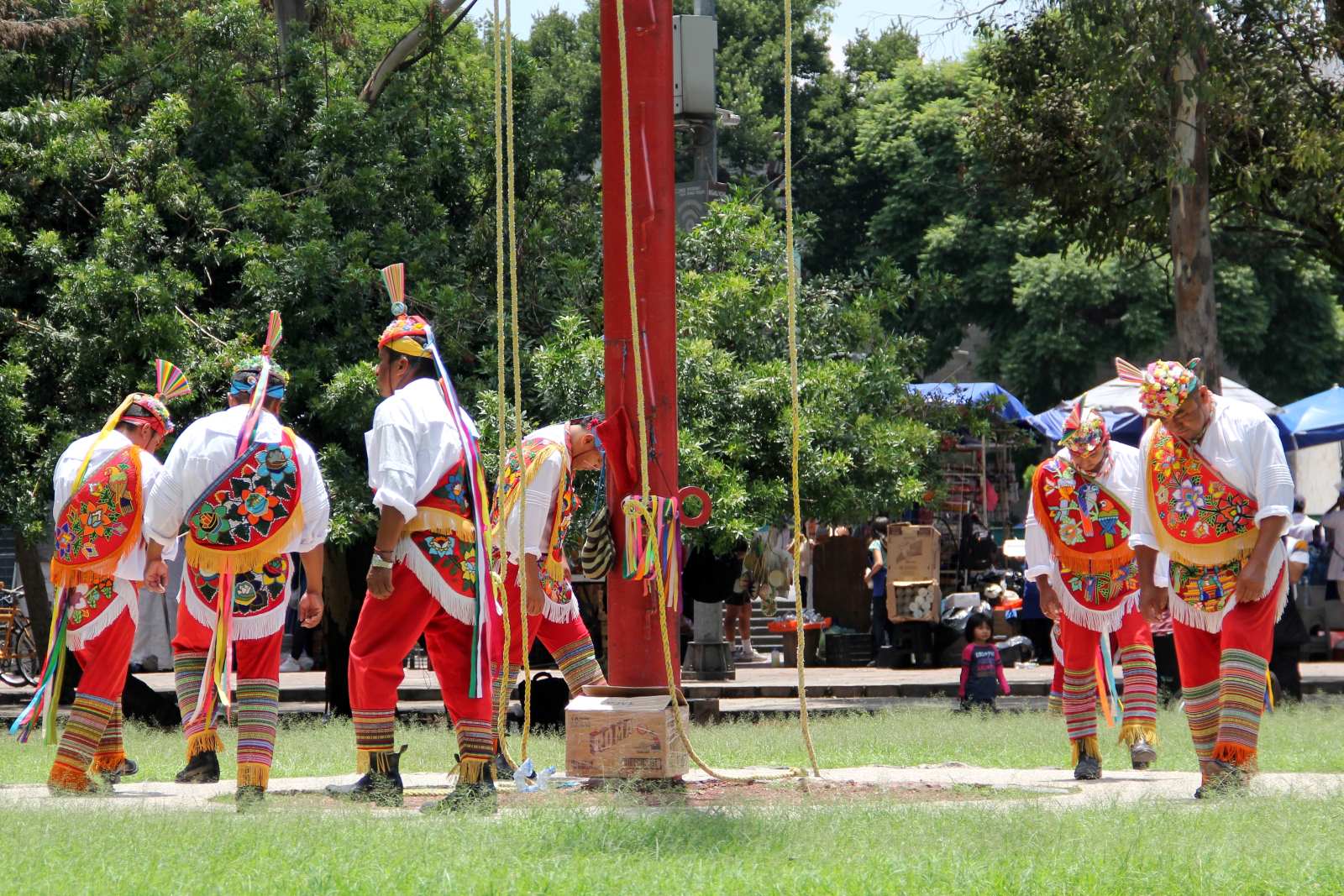
In some regions of Mexico, men participate in the “Danza de los Voladores” ceremony wearing high-heeled boots, which are considered a symbol of strength and masculinity.
7. Icelandic Paternity Leave Wonders

Iceland leads the world in gender equality partly due to its paternity leave policies, encouraging fathers to take significant time off work to be with their newborns, challenging the norm of women as primary caregivers.
8. The Flower Men of Saudi Arabia

In the Asir province of Saudi Arabia, men decorate their hair and beards with flowers as a symbol of pride and masculinity, a stark contrast to Western associations of flowers with femininity.
9. Hair Length in Native American Cultures
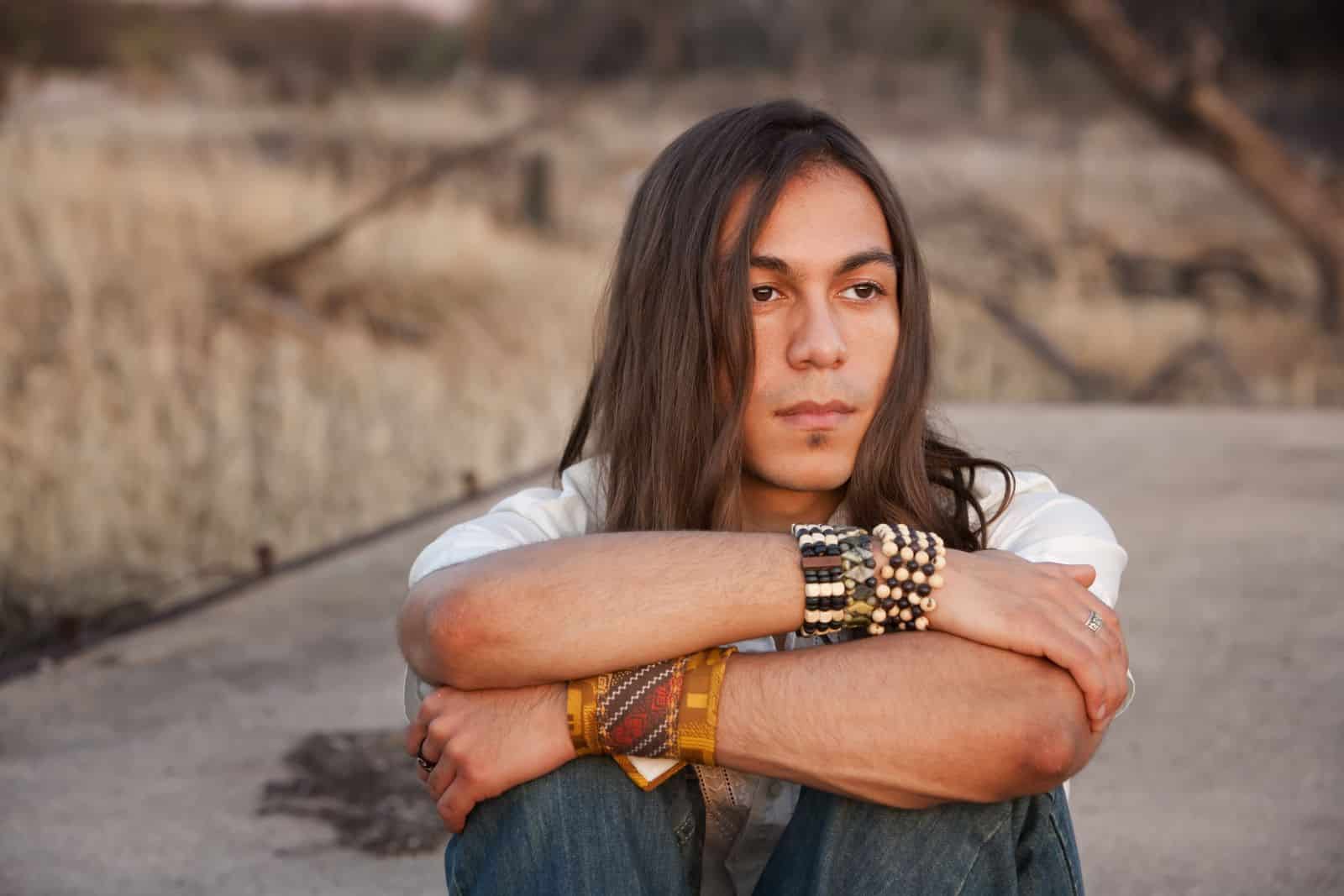
In many Native American tribes, long hair is a symbol of spiritual and physical strength, worn proudly by both men and women without the gendered connotations it has in mainstream American culture.
10. Bhutan’s Kitchen Kings

In Bhutan, cooking is traditionally seen as a man’s job, with the kitchen often considered the male domain, flipping the script on Western expectations.
11. The Woman Kings of Dahomey
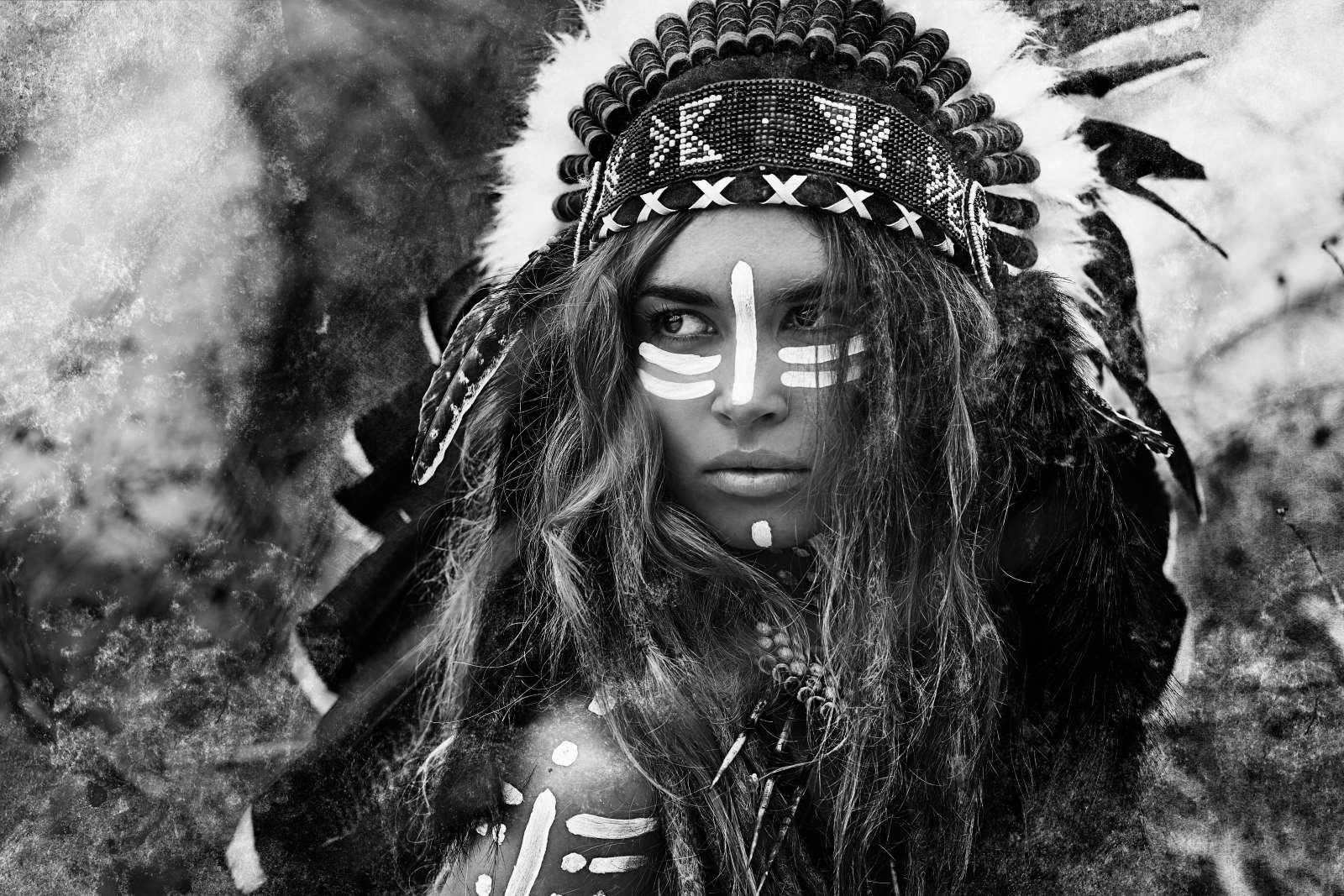
In the African kingdom of Dahomey (modern-day Benin), women served as warriors and military leaders, challenging the global stereotype of men as the primary soldiers.
12. The Male Guardians of The Gambia’s Female Heritage
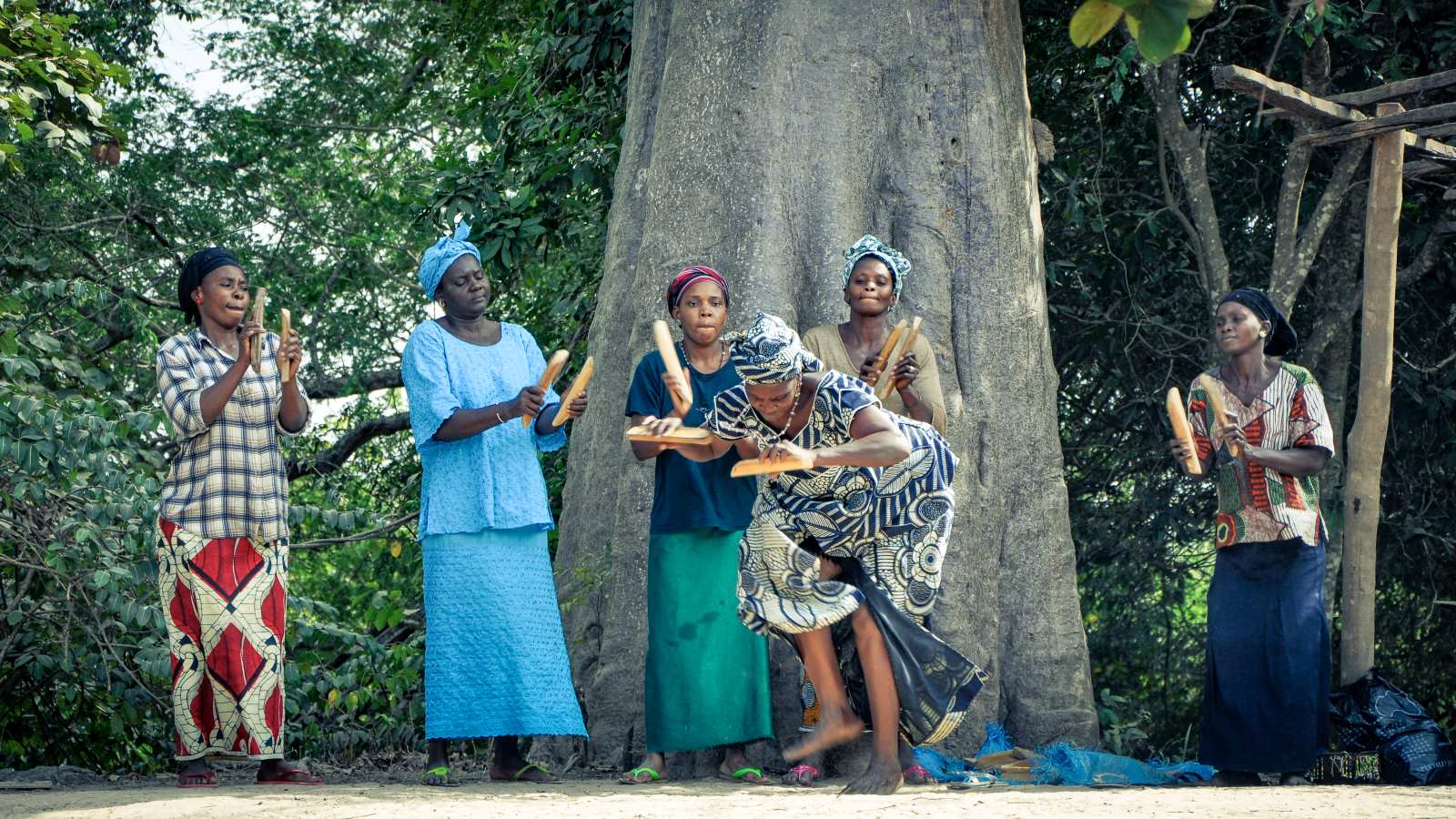
In Gambia, male griots (storytellers) are entrusted with passing down the history and stories of women’s achievements, ensuring that female legacies are remembered and honoured.
13. New Zealand’s Stay-at-Home Dads

In New Zealand, it’s increasingly common for men to be the primary caregivers at home, reflecting shifting perceptions about parenting roles in modern society.
14. Moroccan Women, Land and Leadership
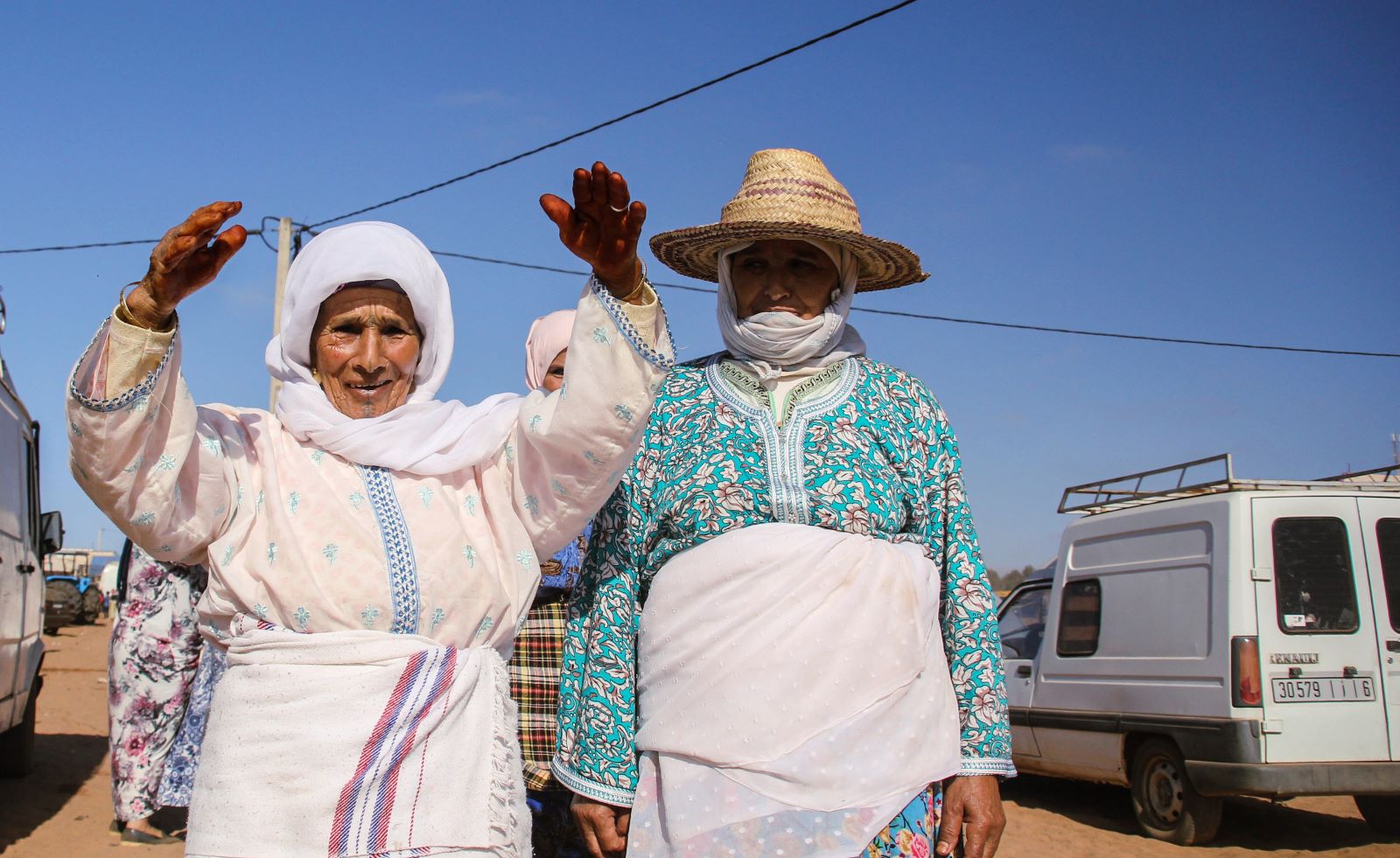
In Morocco, women in some Berber communities inherit land and take on roles as leaders, directly challenging the patriarchal norms prevalent in many parts of the world.
15. Italian Men and Public Displays of Affection

In Italy, it’s not uncommon to see men walking arm in arm or kissing each other on the cheek as a greeting, a display of affection that challenges stereotypes of masculinity in many cultures.
16. The Muxes of Mexico
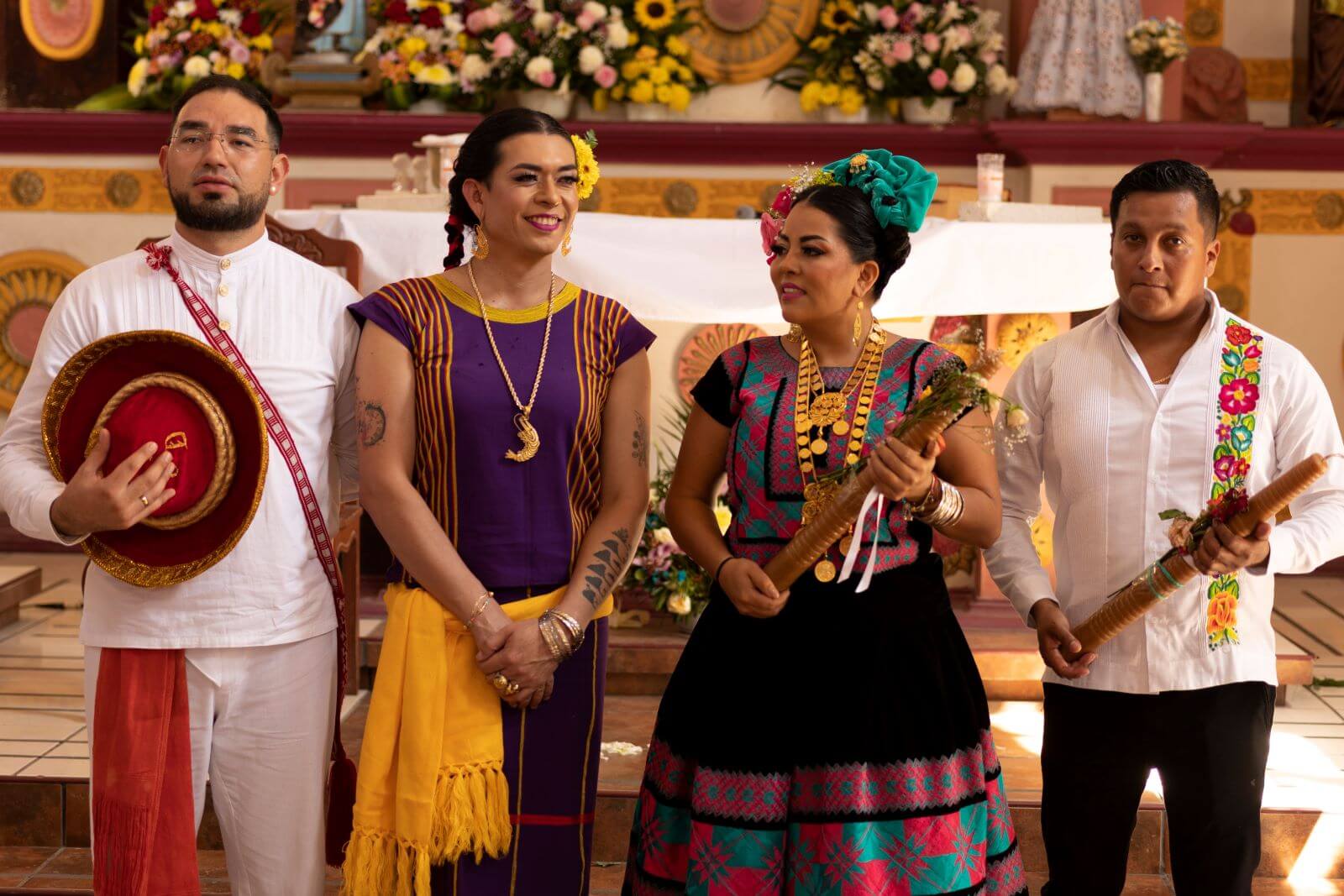
In the indigenous Zapotec communities of Oaxaca, muxes are individuals who are assigned male at birth but dress and behave in ways associated with the female gender, enjoying full acceptance and often holding special social and spiritual roles.
17. Thailand’s Ladyboys

Thailand is famous for its “ladyboys” or kathoeys, transgender women or effeminate gay men, who are widely accepted and visible in many sectors of society, challenging binary gender norms.
18. The Seafaring Women of Norway
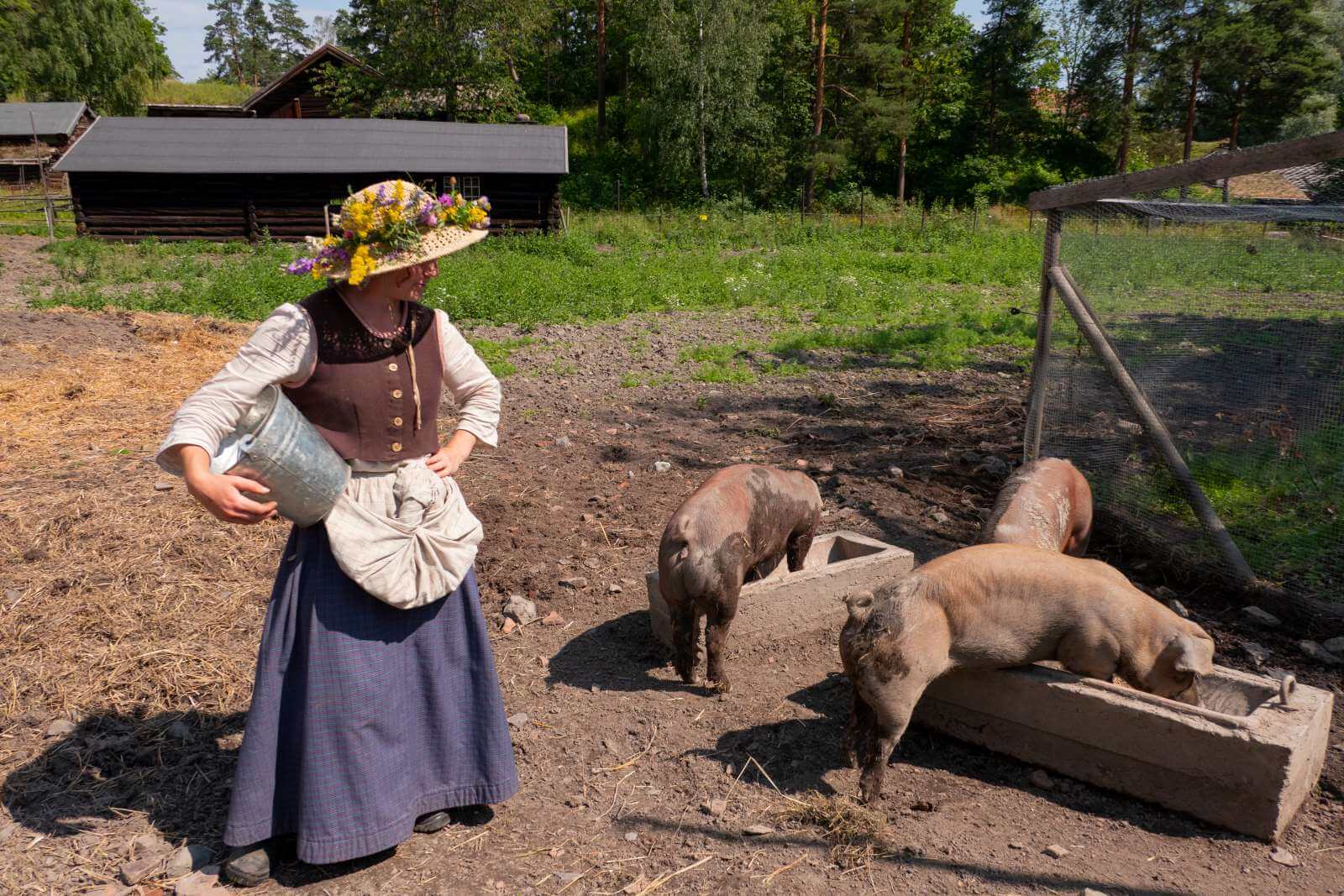
In Norway’s coastal communities, women historically took on the responsibility of managing farms and finances while the men were at sea, a practice that cemented their status as equal partners in society.
19. Gender Fluidity in Ancient Hawaiian Culture
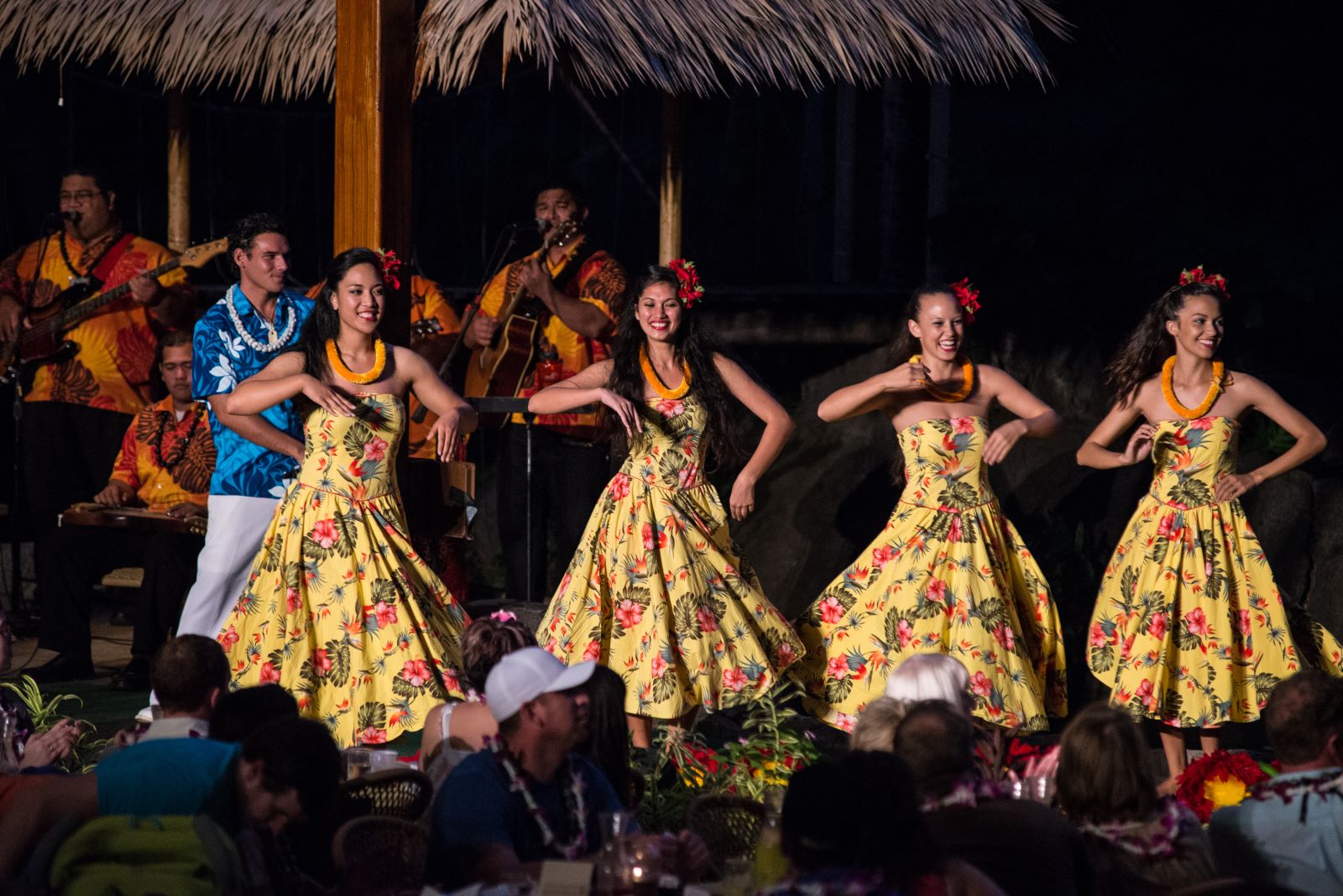
The Hawaiian concept of māhū recognizes a third gender, embracing both male and female qualities, demonstrating an early understanding of gender fluidity.
20. The Dancing Boys of Afghanistan
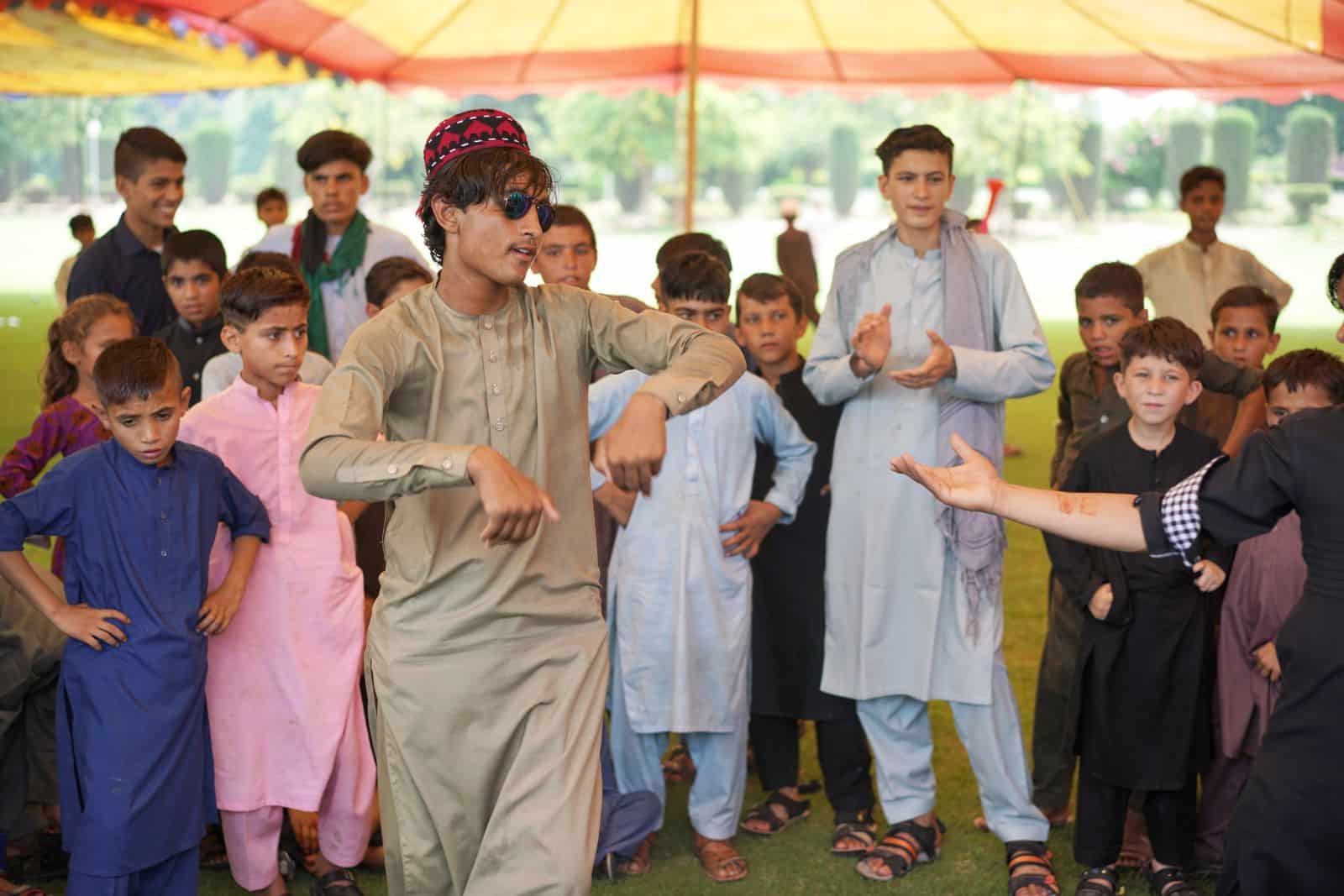
In Afghanistan, the Bacha Bazi practice involves young boys dressed in women’s clothing dancing for male audiences, a controversial and complex tradition that highlights the nuanced and often contradictory views on gender and sexuality in some parts of the world.
Embrace Diversity

From skirted scholars to kitchen kings, global gender norms reveal the vast spectrum of how societies view gender and identity. These variations invite us to reflect on and question our own perceptions of gender roles.
The post 20 Peculiar Gender Norms From Different Cultures first appeared on Lists Lovers.
Featured Image Credit: Shutterstock / CathyRL.
For transparency, this content was partly developed with AI assistance and carefully curated by an experienced editor to be informative and ensure accuracy.

